Gustavo Arellano will talk about “Taco USA” at 7pm on Mon, Oct 28 (Young Auditorium). This is the second Fall 2013 Contemporary Issues Lecture.
Arellano, author of Orange County: A personal history; ¡Ask a Mexican!; and Taco USA: How Mexican food conquered America, is a lecturer with the Chicana and Chicano Studies Dept at California State University, Fullerton. He also is an award-winning writer, investigative reporter, and editor for OC Weekly, an alternative newspaper in Orange County CA, for which he writes the nationally-syndicated weekly column “¡Ask a Mexican!.” Arellano is the recipient of the Los Angeles Press Club’s 2007 President’s Award and an Impact Award from the National Hispanic Media Coalition, and was recognized by the California Latino Legislative Caucus with a 2008 Spirit Award for his “exceptional vision, creativity, and work ethic.”
Andersen Library owns a copy of Taco USA (3rd-floor Main Collection, TX716.M4 A74 2012), but if it’s checked out UWW faculty/staff and students may request copies of that title from other UW libraries via the free Universal Borrowing service. You can read a biography of Arellano in the Biography Reference Bank database. You can search for him in broadcast transcripts using the LexisNexis Academic database to find, for example, his remarks on National Public Radio’s Talk of the Nation on January 15, 2013 on “Shifts in race relations since Obama’s election.” You also can search for him in YouTube and find videos, such as “Ask a Mexican Already! Q&A with Gustavo Arellano ” (http://youtu.be/d9EZUof8N48) and Arellano reading from Taco USA:[youtube]http://youtu.be/_okQ7CJiNoU[/youtube]
If you’d like assistance with finding additional materials, please ask a librarian.

 Andersen Library has many resources about the United Nations. Search
Andersen Library has many resources about the United Nations. Search 
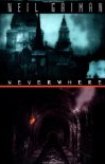 Use of Neil Gaiman’s
Use of Neil Gaiman’s 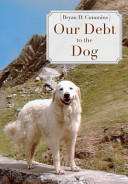
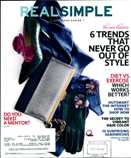 A randomly-selected issue’s cover and table of contents promised information on
A randomly-selected issue’s cover and table of contents promised information on
 Examples of items you could find are the book (I love this title!)
Examples of items you could find are the book (I love this title!) 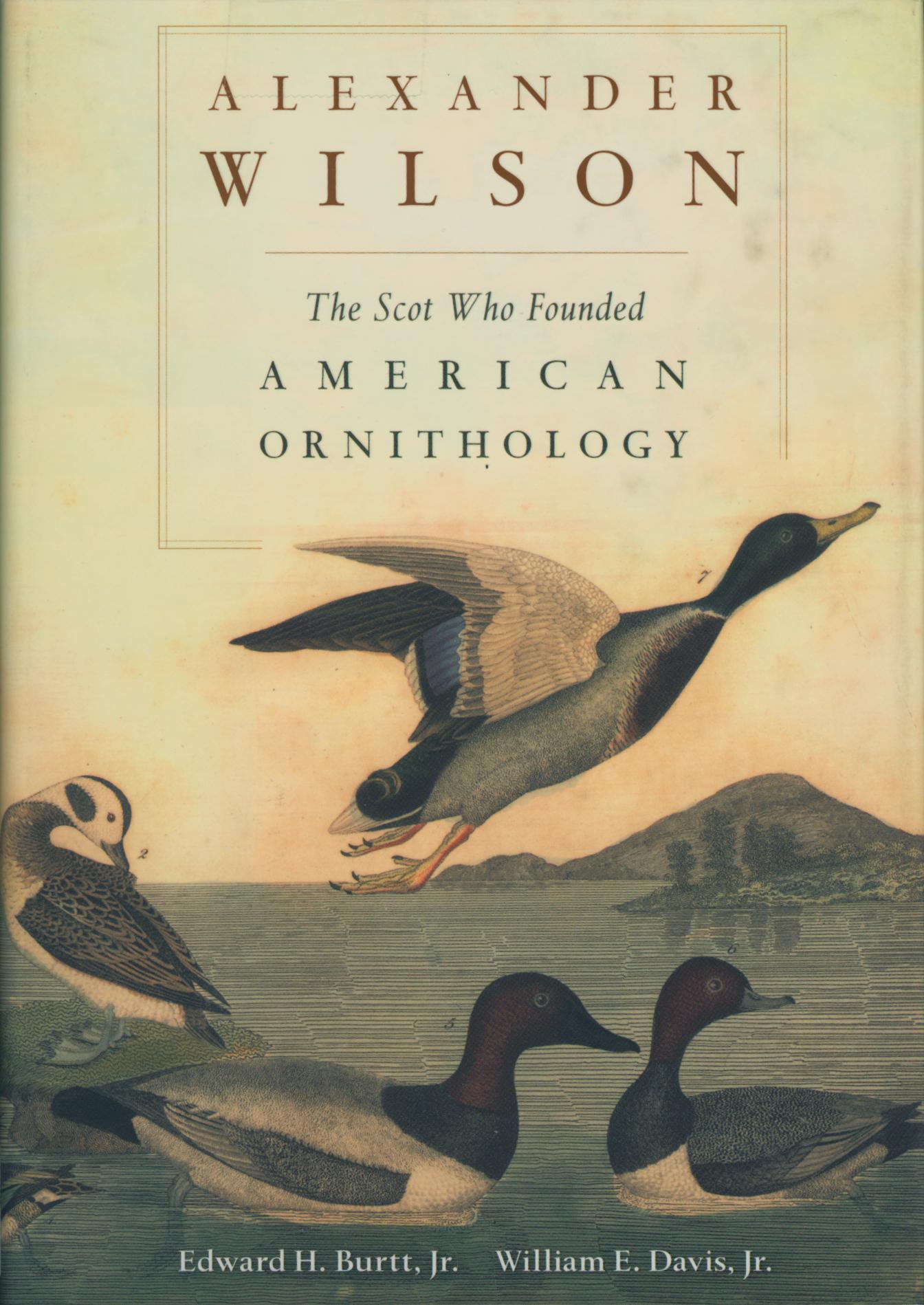
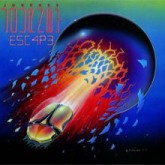 Well, don’t fret! Andersen Library has the CDs
Well, don’t fret! Andersen Library has the CDs